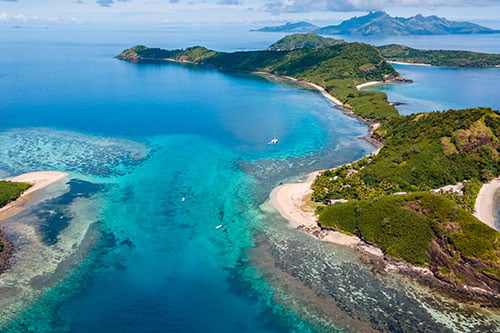SAEx Pushing Ahead With Multibillion-Rand SA, US Submarine Cable
 By Duncan McLeod
By Duncan McLeod
April 23, 2018
The backers of a planned broadband cable system – SAEx – to connect South Africa with the US are pushing ahead with the project after a hiatus which saw the venture restructured as well as new technologies and routes chosen.
The South Atlantic Express (SAEx) cable, which will offer a minimum design capacity of 72Tbit/s (about 72 000Gbit/s), will connect Mtunzini on KwaZulu-Natal’s north coast to Yzerfontein north of Cape Town, with branching units in East London and Port Elizabeth). It will then cross the South Atlantic to Fortaleza in Brazil. A further (and direct) link to the US is then planned.
It is set to be the first submarine cable system to connect South Africa’s east and west coasts.
The majority South African-owned cable system will be implemented in phases and the plan is ultimately to provide an East-West subsea system connecting Asia and the Americas.
The SAEx cable has been in the works since at least 2012. However, the business underwent a major restructuring in 2014. MD Rosalind Thomas said new shareholders were introduced who “understand the nature of the submarine cable industry and who support the business plan and strategic imperative”.
“This meant registering a new company here in South Africa and in Mauritius and obtaining approvals to transfer the intellectual property and obtaining new permits for the new companies,” Thomas said.
“The routing also changed and included the design to go direct to the US. This meant going back to the drawing board and obtaining new designs using the latest technology as well as getting new price quotations for the revised routing from the two targeted vendors, ASN and TE SubCom.”
She said SAEx is “going strong” under its new structure and is “making huge strides in its planning, partnerships and customer discussions”.
$480m first phase
Phase 1 of the project, which will extend from Mtunzini to Virginia Beach in the US, will offer a branch to Saint Helena island and cost an estimated US$480m (R5.9bn). Phase 2, which could cost up to a further $300m (R3.7bn), will extend the system to the Far East, to the Malaysian peninsula.
SAEx expects phase 1 to be ready for service in the second half of 2020. She said the company expects to sign a contract with the selected vendor in the next two months and, once financial close has been achieved, the chosen vendor will begin implementation of the project, including a marine survey.
 By Duncan McLeod
By Duncan McLeod










